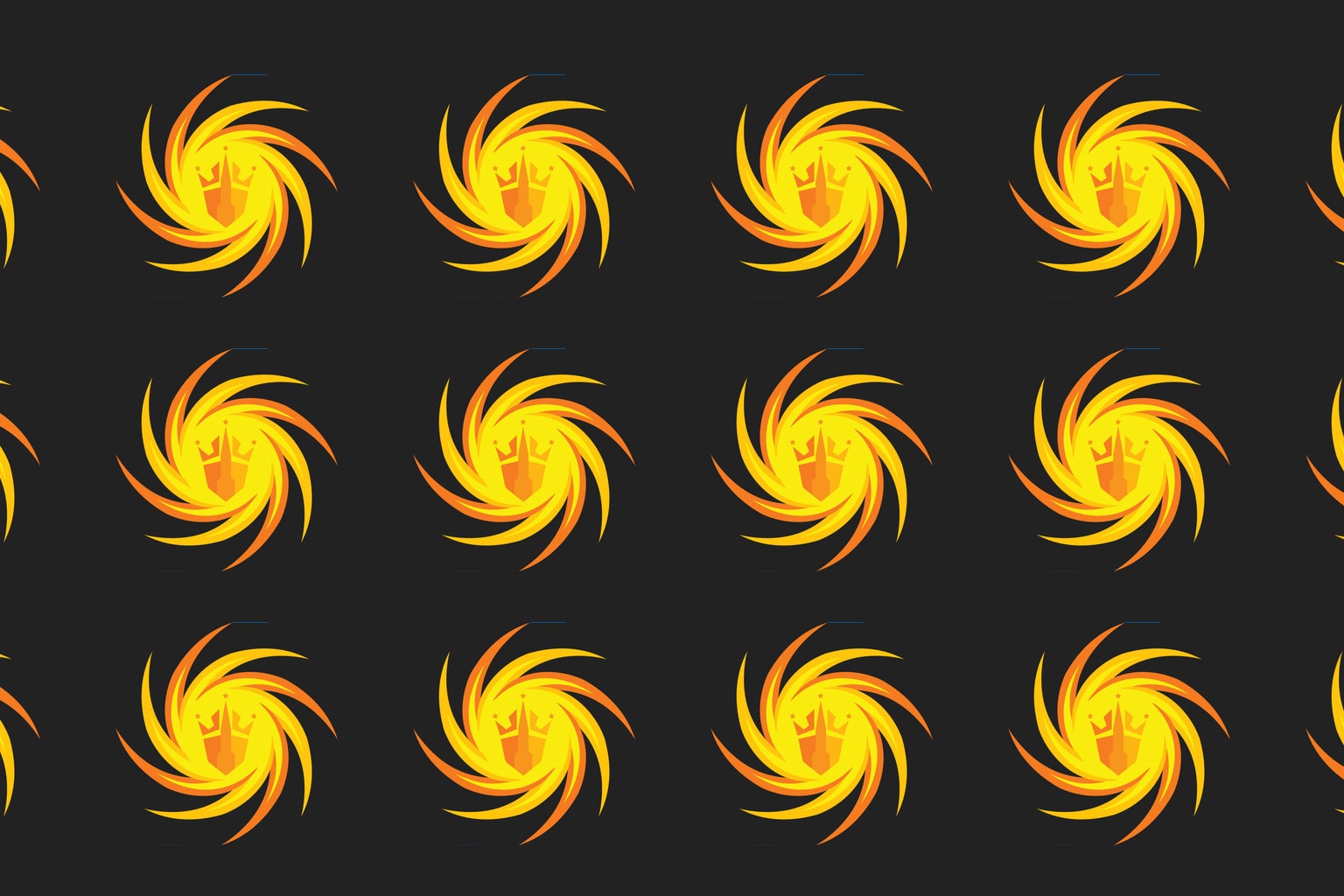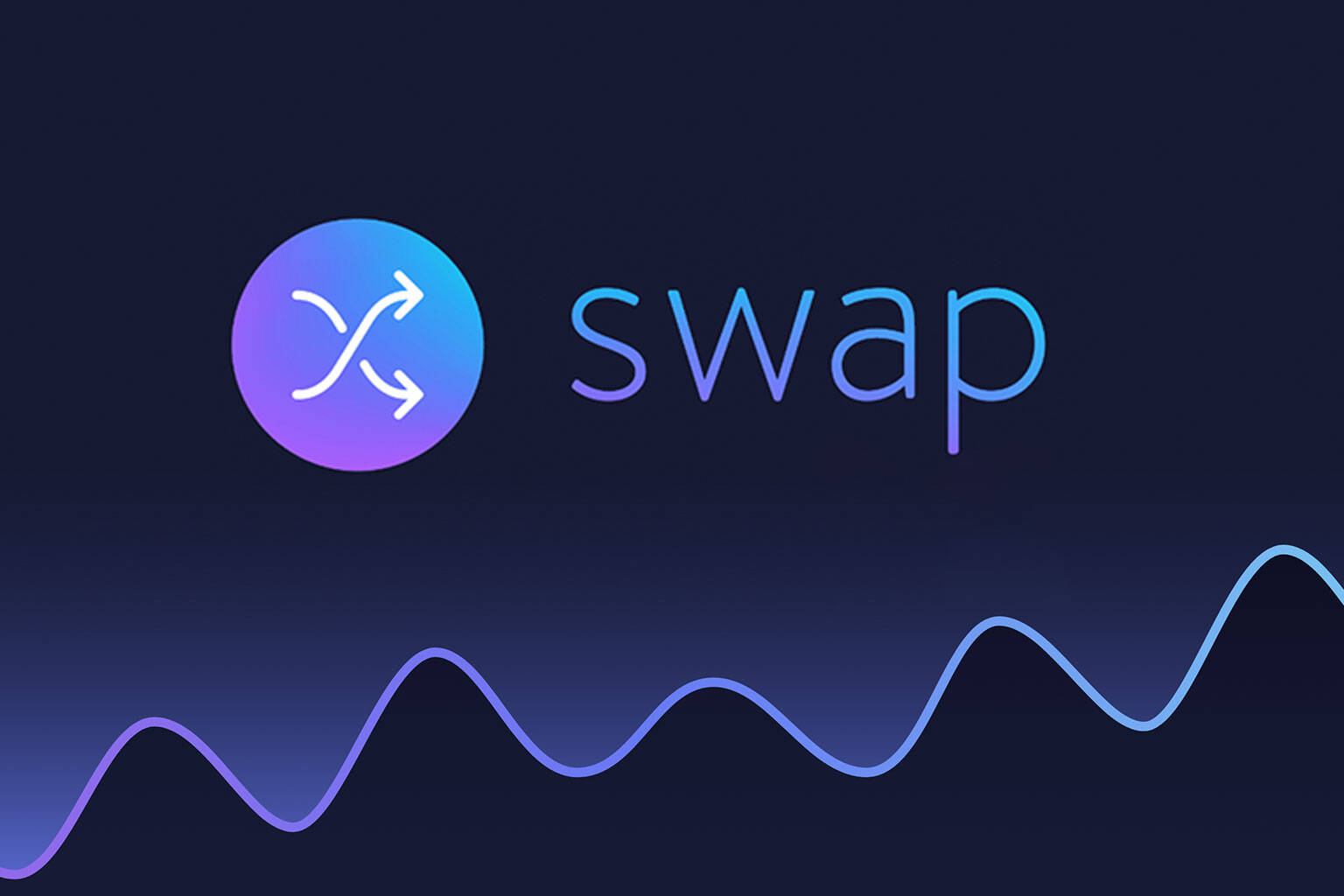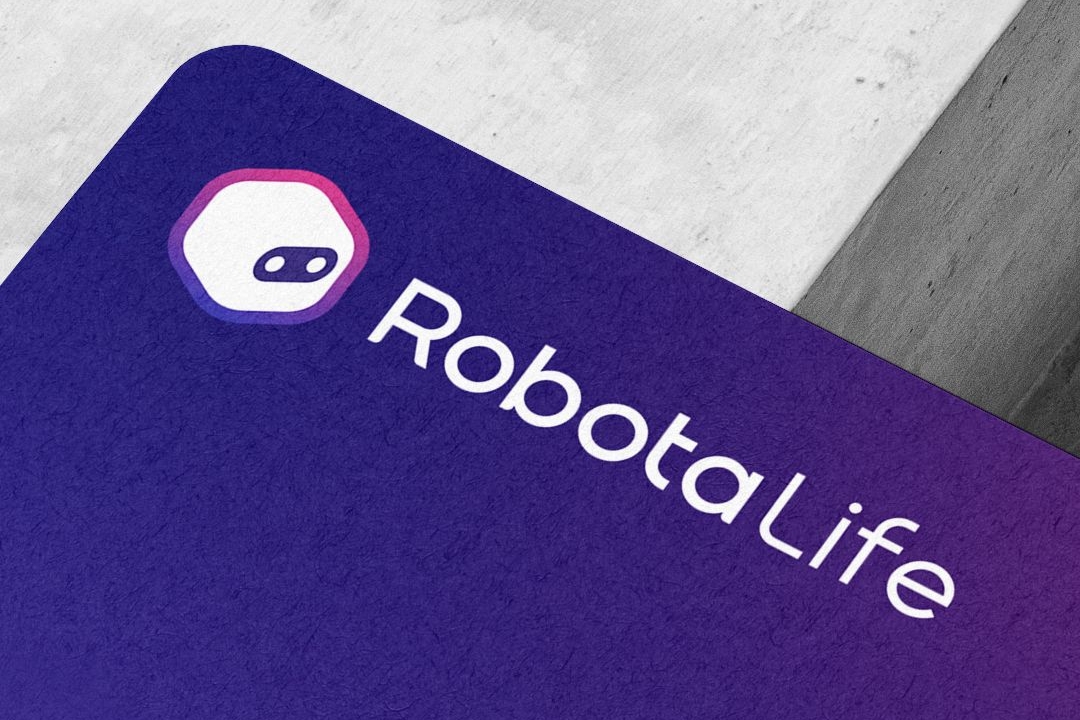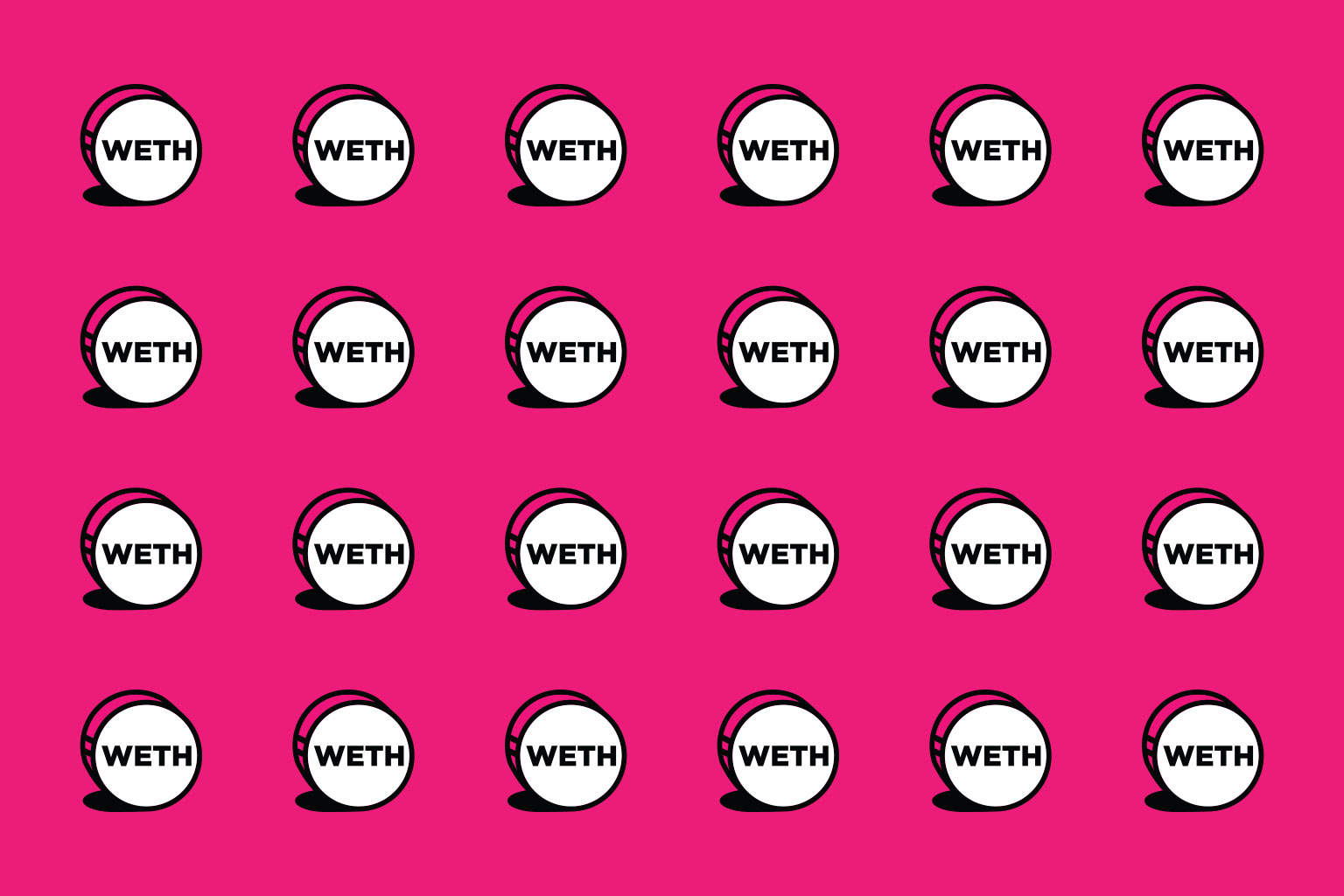Cryptocurrency trading is a fast-paced and dynamic field where terms, acronyms, and abbreviations convey complex concepts related to trading, investment management, and finance. Understanding these specific terms is crucial for successfully navigating the market.
- HODL — Hold On for Dear Life
- FOMO — Fear of Missing Out
- DYOR — Do Your Own Research
- ROI — Return on Investment
- KYC — Know Your Customer
- DD — Due Diligence
- AML — Anti-Money Laundering
- All-Time-High and All-Time-Low
- FUD — Fear, Uncertainty, and Doubt
- MOON — Mooning
- TA — Technical Analysis
- FA — Fundamental Analysis
- PnD — Pump and Dump
- REKT — wrecked
- LAMBO — Lamborghini
- BEAR — Bearish
- BULL — Bullish
- WHALE — Whale
- BTFD — Buy the F***ing Dip
- STO — Security Token Offering
- IEO — Initial Exchange Offering
- DEX — Decentralized Exchange
- CEX — Centralized Exchange
- OTC — Over-The-Counter
- MACD — Moving Average Convergence Divergence
- RSI — Relative Strength Index
- BO — Boundary Option
- MA —Moving Average
- SNR —Support and Resistance
- WPR —Williams Percent Range
- OBV —On-Balance Volume
- ATR —Average True Range
- CCI —Commodity Channel Index
- DMI —Directional Movement Index
HODL — Hold On for Dear Life
“HODL” is a term that is commonly used in the cryptocurrency community. It is short for “Hold On for Dear Life,” which refers to holding onto a cryptocurrency for long-term investment rather than selling it quickly for a profit. This term was coined in a 2013 Bitcoin forum post, in which a user wrote that they would “HODL” their Bitcoin, despite the price crashing. The term has since become a meme in the crypto community and is often used to express a long-term investment strategy.
FOMO — Fear of Missing Out
FOMO stands for “fear of missing out.” It refers to the anxiety or urgency that some investors may experience when they see the prices of cryptocurrencies they’re interested in rising rapidly. They fear they will miss out on the opportunity to make a profit if they don’t buy in quickly. FOMO can lead to impulsive buying decisions and can be a source of risk for investors.
DYOR — Do Your Own Research
DYOR stands for “Do Your Own Research.” This is a common term used in cryptocurrency to encourage individuals to take personal responsibility for educating themselves and making informed decisions about their investments. It is a reminder to investors that they should not solely rely on advice or information provided by others but conduct their own research and analysis of the market and specific projects before making any investments.
ROI — Return on Investment
ROI stands for Return on Investment. It’s a financial metric that calculates the profit or loss generated on an investment relative to the amount of money invested. In the context of crypto trading, ROI is commonly used to measure the performance of a particular trade or the overall performance of a trading strategy. It is calculated by taking the profit or loss from a trade and dividing it by the initial investment. The resulting percentage represents the ROI for that trade. For example, if an investment of $100 generates a profit of $50, the ROI would be 50%.
KYC — Know Your Customer
KYC stands for “Know Your Customer.” It is a due diligence process that financial institutions and other regulated companies must perform to verify the identity of their clients and assess potential money laundering or financing of terrorism risks. The process typically involves collecting personal information such as name, address, date of birth, government-issued identification numbers, and documentation to support this information. In the context of crypto trading, KYC is commonly required by exchanges and other platforms as a means of compliance with anti-money laundering (AML) and countering the financing of terrorism (CFT) regulations. It is also used to prevent fraud and protect against financial crimes.
DD — Due Diligence
DD stands for “Deep Dive” or “Due Diligence.” It is a term used to describe thoroughly researching and analyzing a particular cryptocurrency or blockchain project before making an investment decision. DD typically includes researching the team behind the project, the technology and its use case, the market, and the competition, as well as any potential risks and red flags. Investor needs to do their own DD before investing in any project, as it can help them make informed investment decisions and avoid any potential scam or fraud.
AML — Anti-Money Laundering
AML stands for Anti-Money Laundering. Financial institutions and other regulated companies must follow a set of laws, regulations, and procedures to prevent, detect, and report money laundering activities. In cryptocurrency, AML regulations aim to prevent using digital currencies for illegal activities such as money laundering, terrorist financing, and fraud. These regulations usually require cryptocurrency exchanges and other crypto-related businesses to implement KYC (Know Your Customer) and AML compliance procedures, such as verifying the identity of their customers and monitoring transactions for suspicious activity.
All-Time-High and All-Time-Low
“All-time high” (ATH) refers to a particular cryptocurrency’s highest price on a given market or exchange. It is a term used to track the historical performance of a crypto asset and can be used to measure its overall growth or decline in value over time.
“All-time low” (ATL) is the opposite. It refers to the lowest price a particular cryptocurrency has ever reached on a given market or exchange. ATH and ATL are essential to market sentiment indicators and can be used to gauge investor sentiment and predict future price movements.
FUD — Fear, Uncertainty, and Doubt
UD stands for “fear, uncertainty, and doubt.” In cryptocurrency trading, FUD refers to negative news or rumors that can cause a decrease in the value of a particular coin or the market as a whole. FUD can be spread intentionally by short sellers, competitors, or others with a vested interest in the price of a coin going down. It’s important to note that FUD can be difficult to distinguish from legitimate news. Therefore, it’s essential to research and ensures you’re not acting on FUD.
MOON — Mooning
“Mooning” is a term often used by cryptocurrency traders to describe a situation where the price of a particular asset, such as a coin or token, experiences a significant increase in value. The term “moon” is often used to describe a price that has risen to an all-time high or has reached a significantly higher level than the previous one. The term can also be used more generally to describe a price that is rising rapidly or has the potential to continue rising.
TA — Technical Analysis
TA stands for technical analysis. It is a method traders use to evaluate and predict future security price movements by analyzing historical data, such as price and volume. Technical analysts use charts, patterns, and indicators to identify trends and predict future market movements. In the context of crypto trading, traders widely use TA to predict the price movements of different crypto assets by analyzing market data and trends, such as trading volumes, price movements, and trading patterns. Technical analysis is a popular method traders use to make informed trading decisions. Still, it is essential to note that it is not always accurate, and it is only one of the tools that traders use to make decisions.
FA — Fundamental Analysis
FA stands for “Fundamental Analysis.” It evaluates an asset (such as a cryptocurrency) based on its economic, financial, and other qualitative and quantitative factors. The goal of fundamental analysis is to determine the asset’s intrinsic value and compare it to its current market price to identify any potential undervaluation or overvaluation. This analysis method is commonly used to evaluate traditional assets such as stocks but can also be applied to the cryptocurrency market. Fundamental analysis can include evaluating factors such as the strength of the underlying technology, the team behind the project, partnerships and collaborations, adoption and usage, and regulatory environment.
PnD — Pump and Dump
Pump and dump (PnD) is a term used in the cryptocurrency market to describe a situation where a specific coin or token is artificially inflated in price through coordinated buying and then sold at a higher price by the individuals or group that organized the pump. This manipulative tactic is often used by individuals who have acquired a significant amount of a particular coin or token and then use social media, messaging apps, or other means to coordinate buying activity, creating a false sense of demand. This causes the price to increase rapidly. Once the individuals or group have sold off their holdings, the price plummets, leaving those who bought in at the artificially inflated prices with significant losses. This kind of activity is illegal and considered a form of market manipulation.
REKT — wrecked
“REKT” is a slang term used in the cryptocurrency trading community to describe a situation where an investor or trader has sustained significant losses in a trade or investment. It is short for “wrecked,” and it is used to indicate that a poor decision or market downturn has severely impacted an individual’s portfolio or trading account. The term is often used as a cautionary tale to remind traders to be careful when making investment decisions and always to consider the potential risks involved.
LAMBO — Lamborghini
“LAMBO” is a slang term used in the cryptocurrency community. It stands for “Lamborghini,” and it’s used to express the goal of making significant wealth quickly through trading cryptocurrencies. The term is often used in a humorous or aspirational manner. It reflects the idea that if you make enough money from trading crypto, you’ll be able to afford a Lamborghini. It’s also a symbol of wealth and success in the crypto industry. However, it’s important to note that cryptocurrency trading carries significant risks, and it’s not a guaranteed way to make money.
BEAR — Bearish
A bear market is a term used to describe a market where the general trend is downward, and prices are declining. The term comes from a bear attacking its prey by striking downward. In financial markets, a bear market is characterized by a prolonged period of downward price trends, typically lasting several months or longer, during which investors and traders become increasingly pessimistic about the prospects for the market or a particular security or sector. In the crypto market, a bear market is often used for a market trend where the value of cryptocurrencies decreases.
BULL — Bullish
In the context of crypto trading, a “bull” is a term used to describe a trader or investor who is optimistic about the price of a particular asset and believes that it will increase in value. A general upward trend in prices characterizes a bull market. The opposite of a bull market is a bear market, characterized by a general downward price trend. The term “bull” comes from a bull charging upward, representing upward momentum in the market.
WHALE — Whale
A “whale” in cryptocurrency trading is a term used to describe a trader or investor who holds a significant amount of a particular asset, such as a large amount of a specific cryptocurrency. These individuals have the potential to significantly influence the market by buying or selling large amounts of an asset, which can cause the price to rise or fall. They are also known as large holders or big players.
BTFD — Buy the F***ing Dip
BTFD stands for “Buy the F***ing Dip.” It is a phrase commonly used in cryptocurrency trading to encourage buying an asset when its price is experiencing a temporary dip or drop. The idea is that purchasing the asset during a dip can acquire it at a lower price and profit as the price increases again. It is important to note that this phrase is generally used more casually and shouldn’t be taken as financial advice. It is essential to do your own research and make your own decisions regarding trading.
STO — Security Token Offering
STO stands for Security Token Offering, a fundraising mechanism similar to an Initial Coin Offering (ICO) but with the added feature that the sold token is considered a security and is subject to federal securities laws. STOs are a way for companies to raise funds by issuing tokens representing ownership, similar to shares in a traditional stock offering. These tokens are usually backed by real-world assets such as commodities, real estate, or other cryptocurrencies. They offer more regulatory compliance and legal protection to investors than ICO.
IEO — Initial Exchange Offering
An Initial Exchange Offering (IEO) is a fundraising mechanism in which a cryptocurrency exchange platform acts as an intermediary between a project team that wants to launch a new cryptocurrency and potential investors. The exchange will typically conduct a due diligence process on the project and then list the new cryptocurrency on its platform for investors to purchase. In contrast to an Initial Coin Offering (ICO), in which anyone can participate, an IEO is usually only open to users of the exchange hosting the offering. This can provide a degree of assurance to investors that the project has been vetted and is legitimate.
DEX — Decentralized Exchange
A DEX (Decentralized Exchange) is a cryptocurrency exchange operating on a decentralized, blockchain-based platform. Unlike centralized exchanges, which are controlled by a single entity, a DEX allows users to trade directly without needing a central intermediary. Users have complete control over their funds and private keys, and transactions are recorded on a public blockchain. DEXs offer higher security and privacy than centralized exchanges, but they may have slower transaction times and a smaller selection of trading pairs.
CEX — Centralized Exchange
CEX stands for “centralized exchange.” This refers to a type of cryptocurrency exchange where a central authority or organization holds and manages the users’ assets on the platform. This central authority is responsible for maintaining the security and integrity of the platform, and it has complete control over the assets traded on the platform. Examples of centralized exchanges include Binance, Coinbase, and Kraken. These exchanges are known for their ease of use, higher trading volume and liquidity, and more options for depositing and withdrawing fiat currencies.
OTC — Over-The-Counter
OTC, or “over-the-counter,” is a term used to describe trading outside traditional exchange platforms. OTC trading is typically done directly between two parties rather than on a centralized exchange and often involves more significant transactions or obscure assets that may not be listed on major exchanges. OTC trading allows parties to negotiate terms such as price and settlement directly, providing greater flexibility and privacy than trading on an exchange. However, OTC trading also carries more counterparty risk, as there is no central intermediary to ensure the trade is settled.
MACD — Moving Average Convergence Divergence
MACD stands for Moving Average Convergence Divergence. It is a technical analysis indicator that is used to measure momentum in the market. The indicator is calculated by subtracting the 26-day exponential moving average (EMA) from the 12-day EMA. It is generally used to identify trends and potential changes in the direction of the market. The MACD also includes a signal line and a 9-day EMA of the MACD line. Traders often use the MACD and other indicators to understand market conditions better and make more informed trading decisions.
RSI — Relative Strength Index
Relative Strength Index (RSI) is a technical indicator used to analyze financial markets. It is a momentum oscillator that compares the magnitude of recent gains to recent losses in an attempt to determine the overbought and oversold conditions of an asset. The RSI is computed by using an asset’s average gains and losses over a specified period and comparing the average gain to the average loss ratio. RSI values range from 0 to 100. A value of 70 or above is considered overbought, while a value of 30 or below is considered oversold. RSI is commonly used in the cryptocurrency market to determine the strength of the price movement of a digital asset.
BO — Boundary Option
BO stands for “boundary option,” a type of binary option that allows the trader to choose whether the price of an asset will be within or outside a specified range at the time of expiration. In BO trading, the investor predicts whether an underlying asset will end up inside or outside a specified price range, and the trade is settled accordingly. BO trading is called “Range trading” or “Boundary trading.” It is a type of options trading that is less risky than other options trading because there are only two possible outcomes: either the price will be within the specified range or outside of it.
MA —Moving Average
MA, or Moving Average, is a technical indicator used in the analysis of financial markets. It is a trend-following indicator commonly used to identify the direction of a market trend. It is calculated by taking the average of past price data points over a specified period.
SNR —Support and Resistance
SNR stands for Support and Resistance, which are key levels that the price of an asset (such as a cryptocurrency) tends to “bounce” off of. In technical analysis, these levels are used to identify potential buy and sell opportunities.
Support is a level where the price of an asset tends to find buying pressure, meaning that as the price falls toward the support level, buyers are more likely to enter the market and push the price back up.
Resistance is a level where the price of an asset tends to find selling pressure, meaning that as the price rises toward the resistance level, sellers are more likely to enter the market and push the price back down.
Traders often use support and resistance levels as a guide to help them decide when to enter or exit a trade. By identifying key levels where the price has historically found buying or selling pressure, traders can make more informed decisions about where to place their trades.
WPR —Williams Percent Range
WPR is the ticker symbol for the token of the WePower (WPR) project. It is a blockchain-based green energy trading platform that allows individuals and companies to purchase energy directly from renewable energy producers and invest in and trade renewable energy projects. The WPR token is an ERC-20 token used as a means of payment for energy transactions on the WePower platform and a way to participate in the platform’s governance and access benefits such as discounted energy purchases.
OBV —On-Balance Volume
OBV stands for On-Balance Volume. It is a technical indicator used in the analysis of financial markets, primarily in stock trading and cryptocurrency trading. The OBV indicator uses volume data to create a running total of positive and negative volume. This running total is then plotted on a chart and used to generate trading signals. The basic idea behind OBV is that changes in volume can precede price changes, so traders can gain insight into potential price movements by tracking volume. The OBV indicator can confirm a trend, identify possible reversals, and predict future price movements.
ATR —Average True Range
ATR stands for Average True Range, a volatility indicator that measures the average range of an asset over a certain period. It is commonly used in technical analysis to measure volatility in the markets. ATR is calculated by taking the average of the true range, which is the greatest of the following: current high minus current low, current high minus previous close, and current low minus previous close. The result is then smoothed using a moving average to create the ATR. The indicator is typically shown as a single line on a chart and can be used to identify volatility trends and set stop-losses or take-profit levels.
CCI —Commodity Channel Index
Commodity Channel Index (CCI) is a technical analysis indicator used to identify cycles in an asset’s price movements. CCI was initially developed for use in the commodity markets, but it is also commonly used in the stock and crypto markets. The CCI compares the current price of an asset to its average price over a given period, typically 14 days. The indicator generates a value that oscillates between +100 and -100. A positive value typically indicates an overbought asset and may be due for a price correction. In contrast, a negative value indicates that the asset is oversold and may be due to a price increase. It is usually used with other indicators and chart patterns to confirm or invalidate the signals generated by CCI.
DMI —Directional Movement Index
DMI stands for Directional Movement Index. It’s a technical indicator that J. Welles Wilder Jr. developed to determine the direction and strength of a trend. The DMI is calculated using the positive directional indicator (+DI) and the negative directional indicator (-DI) based on the price movement relative to its recent high and low. The +DI indicates the strength of the upward trend, while the -DI indicates the strength of the downward trend. When the +DI is above the -DI, it suggests that the uptrend is stronger; when the -DI is above the +DI, it suggests that the downtrend is stronger. The DMI also includes a third line, the Average Directional Movement Index (ADX), which helps to determine the trend’s strength.
Be the first to try
Join our mailing list for early access to our service
Related Posts
February 14, 2023
Safesun coin

February 12, 2023
$loomi to USDT

February 8, 2023
XWP Price








